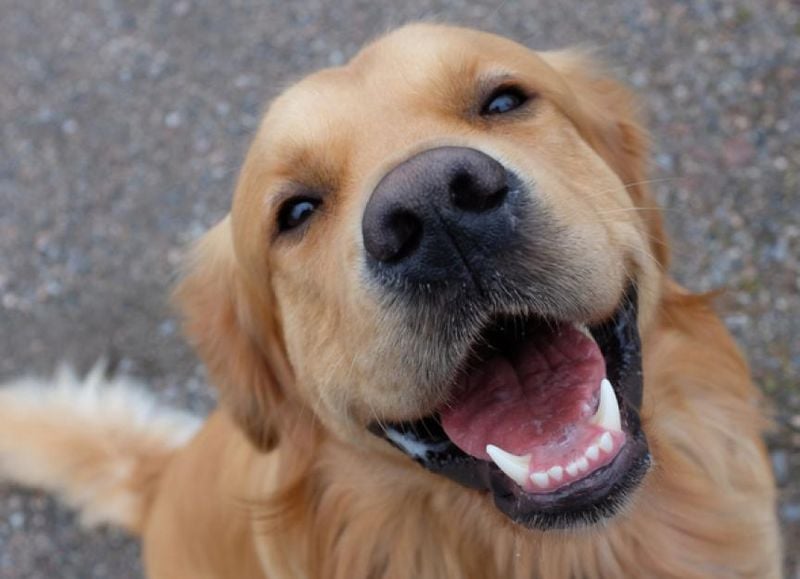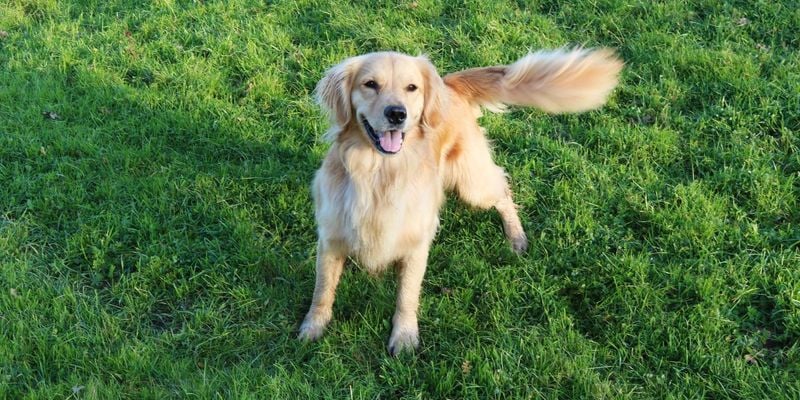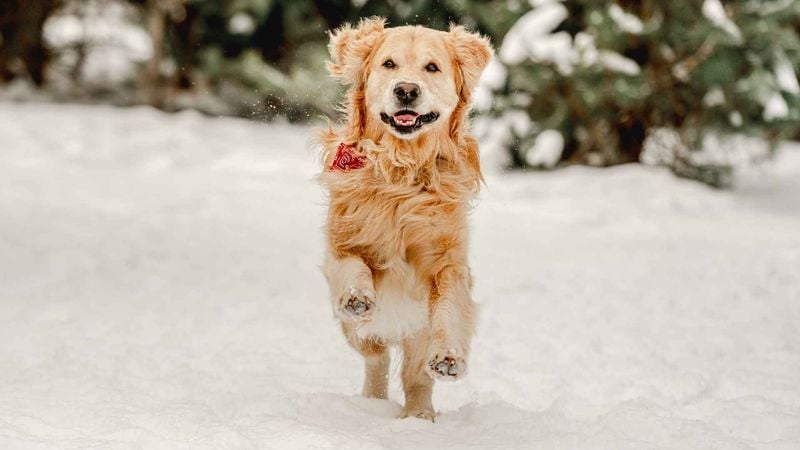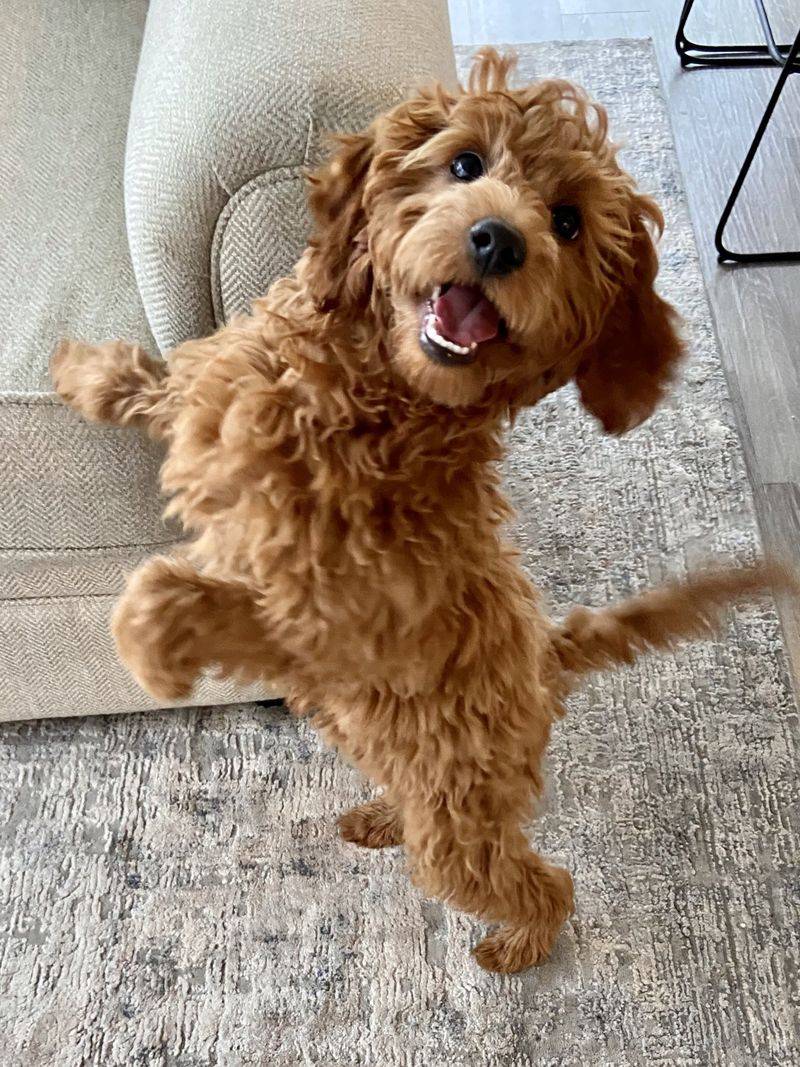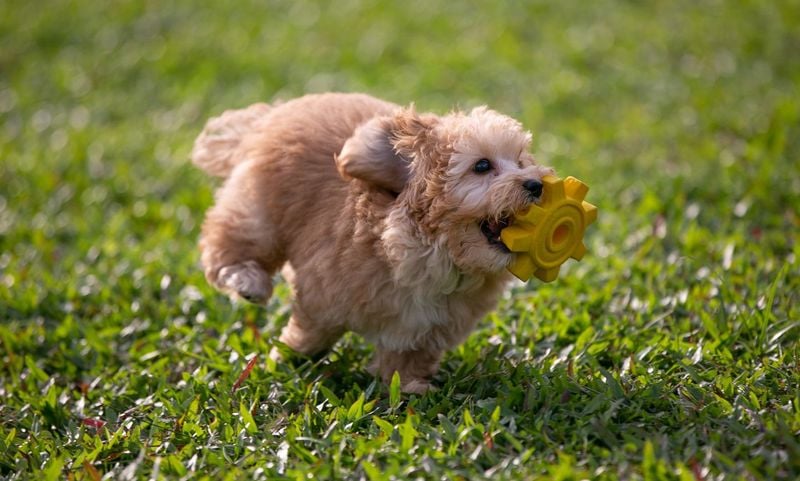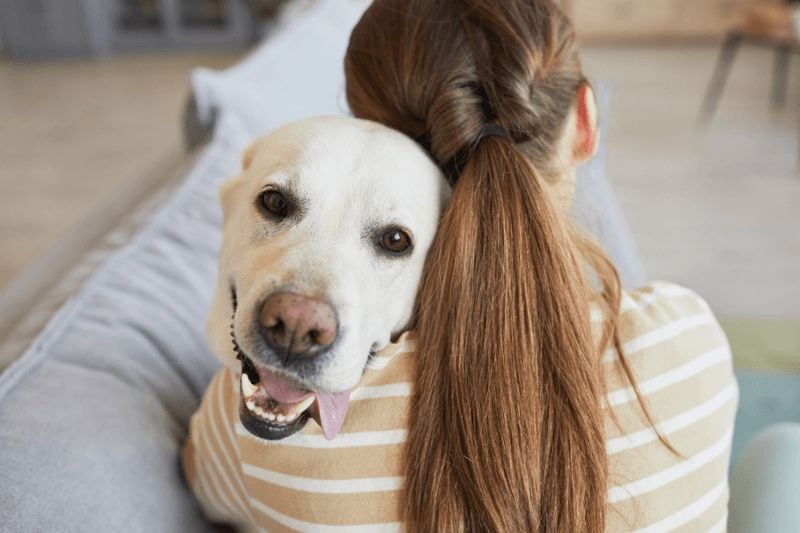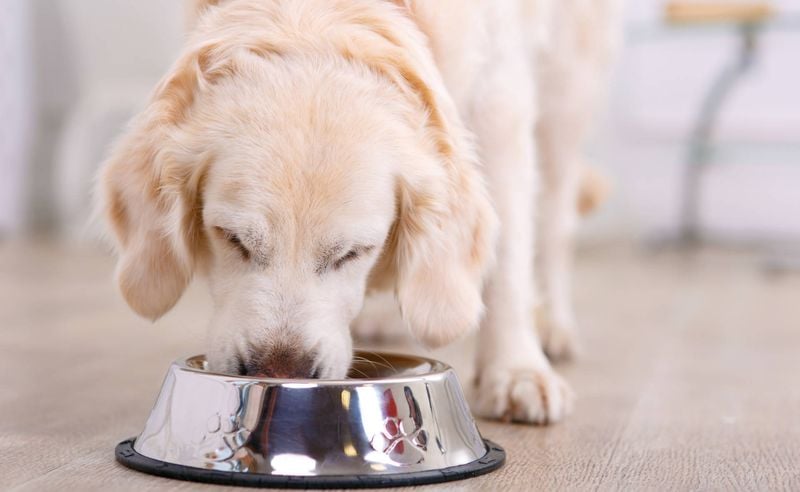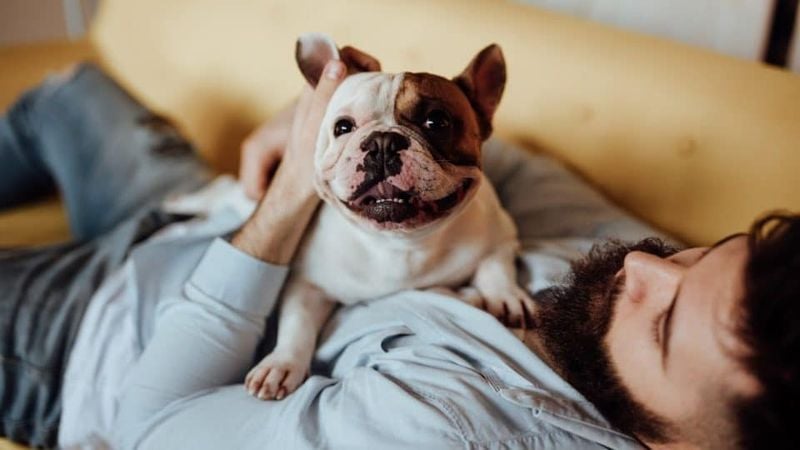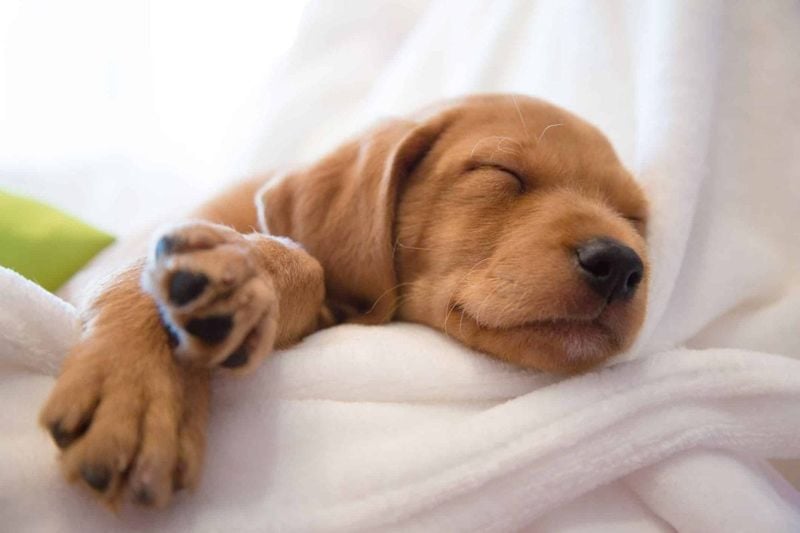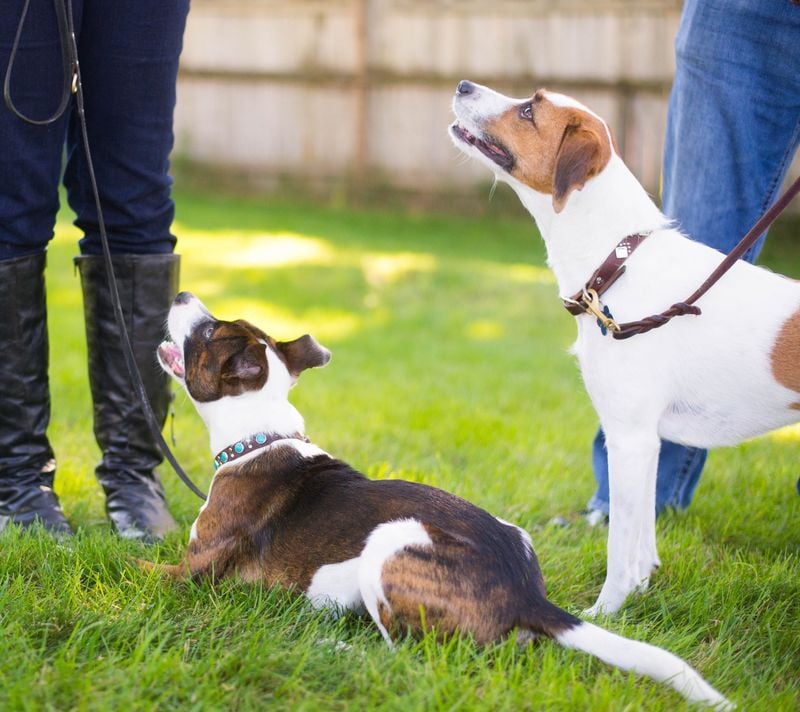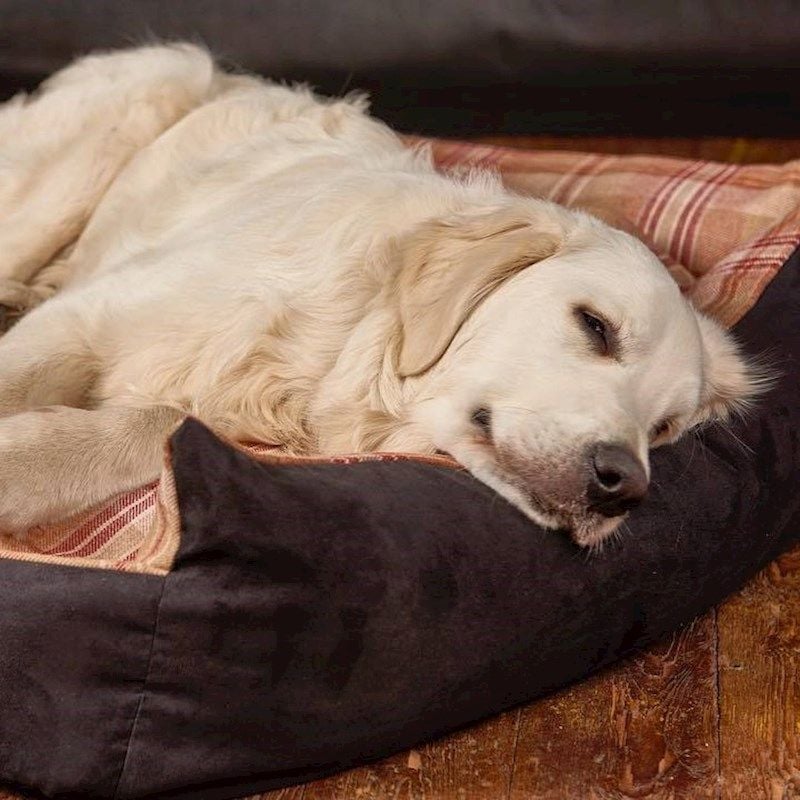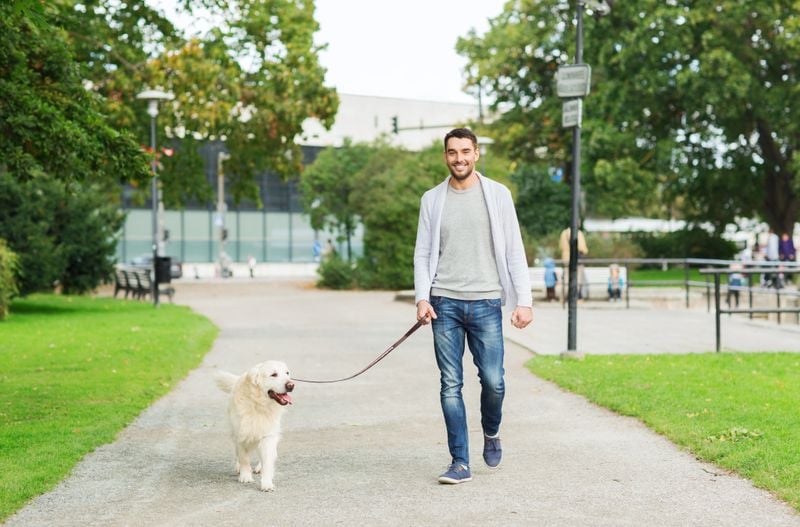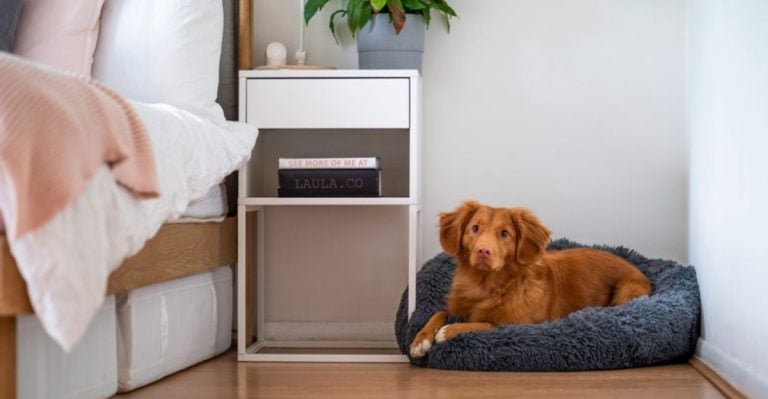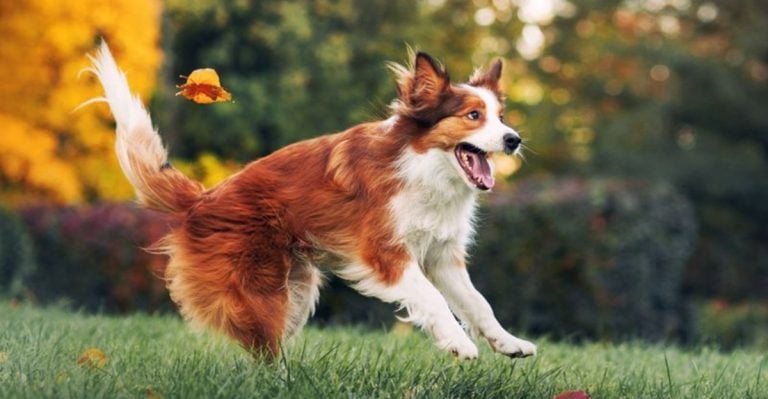Is Your Dog Secretly Smiling? 15 Signs Your Pup Is Truly Happy
Dogs may not speak our language, but they’re constantly communicating—especially when it comes to how they feel. As pet parents, we all want the same thing: to know our furry friends are not just healthy, but genuinely happy. But how can you tell if your dog is content? Is that tail wag a sure sign of joy, or could it mean something else? And what about those soulful eyes—could your dog actually be smiling?
The truth is, happiness in dogs shows up in ways both big and small. From the obvious zoomies across the yard to the quiet comfort of curling up next to you, dogs reveal their emotional state in a variety of subtle signals. Understanding these signs not only helps you feel more connected with your pup, but it also gives you insight into their emotional well-being—something just as important as their physical health.
In this guide, we’re breaking down 15 clear indicators that your dog is truly happy. Whether it’s the bouncy way they walk, the playful bow they strike before a game of fetch, or the way they look back at you during walks, these behaviors paint a vivid picture of canine joy. Some might surprise you—like how your dog sleeps or even shares their favorite toy.
If you’ve ever wondered, “Is my dog really enjoying life?” this list will help you decode their behavior with confidence. Because once you recognize what a happy dog looks like, you can create more of the moments that make their tail wag, their eyes sparkle, and yes—even spark that secret little smile. Let’s dive into the joyful world of dogs and uncover the telltale signs that your best friend is truly thriving.
1. Soft, Relaxed Gaze
Those half-closed, squinty eyes aren’t your dog being sleepy—they’re actually showing deep contentment! When dogs feel safe and happy, their facial muscles relax, creating that dreamy, soft-eyed look that melts your heart.
This expression is sometimes called a ‘dog smile’ by trainers. Unlike the wide-eyed, alert look they have when anxious or on guard, this gentle gaze indicates your pup feels no need to be on high alert.
Watch for this peaceful expression particularly after a good play session or during quiet bonding time. It’s your dog’s way of saying, “I’m perfectly happy right where I am, with you.”
2. The Canine Grin
You’re not imagining it—your dog really can smile! A happy dog often displays a slightly open mouth with relaxed lips and a tongue that might slightly peek out. Their ears sit in a natural position rather than being pinned back or overly alert.
Scientists call this relaxed facial posture a sign of positive emotional state. Unlike the tight-lipped expression of a stressed dog, this loose, comfortable mouth position signals all is well in your pup’s world.
Many pet parents recognize this expression as their dog’s signature happy face. It typically appears during pleasant activities or when greeting beloved family members.
3. Full-Body Tail Wagging
A truly happy dog doesn’t just wag their tail—their entire back end gets involved! This whole-body wiggle happens when your pup is overjoyed to see you or experience something wonderful. Their tail swings in wide, loose circles rather than the stiff, high wags that can indicate alertness or tension.
Behaviorists consider this full-body language one of the most reliable indicators of canine joy. The wiggle typically starts at the shoulders and ripples through their entire body, creating that adorable hip-swinging dance.
Notice this enthusiastic body language when you come home or before favorite activities. It’s pure, unfiltered doggy happiness on display!
4. Bouncy, Carefree Movement
Happy dogs move differently! Watch for a loose, springy stride where your pup seems to almost bounce as they walk. Their steps are light and energetic, not heavy or plodding, and their body remains relaxed rather than stiff or tense.
Animal behaviorists note this prancing gait as a clear sign of well-being. Your dog might even add little hops or jumps to their walk when they’re feeling particularly joyful, almost like they’re dancing through life.
This buoyant movement style often appears during walks in favorite places or when heading toward something exciting. It shows your dog is physically comfortable and mentally content—the canine equivalent of a happy skip!
5. The Playful Bow Invitation
When your dog drops their front end to the ground while keeping their rear end high, they’re not just stretching—they’re sending a universal doggy message of happiness! This classic “play bow” is your pup’s way of saying “Let’s have fun together!”
Canine experts recognize this as one of the most unmistakable signs of a joyful dog. What makes this posture special is that it only appears when dogs feel safe, comfortable, and playful.
You’ll typically see this bow before a burst of zoomies or during interactive play. Responding to this invitation—perhaps with a toy or gentle roughhousing—reinforces your bond and brings more happiness to your four-legged friend.
6. The Happy Dance Routine
Those adorable pitter-patter feet movements aren’t just cute—they’re your dog’s version of dancing for joy! Happy dogs often perform little jigs when they’re extremely excited, rapidly tapping their front paws on the ground or spinning in circles when something wonderful is about to happen.
Veterinary behaviorists call this “anticipatory behavior” and it’s linked to positive emotions. Unlike pacing from anxiety, these movements are bouncy, energetic, and clearly connected to happy triggers like mealtime or walks.
Look for this charming dance when you grab the leash or reach for treats. It’s one of the purest expressions of doggy delight and shows your pup associates these moments with genuine happiness!
7. Energetic Zoomie Sessions
Those sudden bursts of wild running where your dog tears around the house or yard at top speed are more than just excess energy—they’re expressions of pure joy! Zoomies (technically called Frenetic Random Activity Periods) typically happen when dogs are feeling especially happy or relieved.
Canine specialists note that these energetic sprints often occur after bath time, during play, or when your dog is simply overcome with good feelings. The frantic running is accompanied by a relaxed, open mouth and bright eyes.
Rather than discouraging zoomies, create safe spaces for these joyful explosions. They’re your dog’s way of celebrating life and releasing positive emotions in one of the most authentic displays of canine happiness!
8. Affectionate Physical Contact
When your dog gently leans against your legs or places a paw on you, they’re not just being clingy—they’re expressing deep contentment and connection! Happy dogs seek physical contact as a way to bond and share positive emotions with their favorite humans.
Animal behaviorists see this as an important social bonding behavior. Unlike demanding pawing for attention, these gentle touches are calm and often accompanied by that soft-eyed gaze we mentioned earlier.
Notice these sweet moments during quiet evenings or after you’ve been apart. Your dog is essentially saying, “You make me happy, and I want to be close to you”—the canine equivalent of holding hands!
9. Enthusiastic Mealtime Behavior
A happy dog typically shows consistent enthusiasm for meals! When your pup dances around their food bowl, maintains a healthy appetite, and enjoys their kibble without gulping or resource guarding, it’s a strong indicator of overall well-being.
Veterinarians consider eating habits a window into both physical and emotional health. Unlike stressed dogs who might refuse food or anxious dogs who gulp without enjoying, a content dog approaches mealtime with balanced excitement and satisfaction.
Pay attention to how your dog behaves before, during, and after meals. That waggy tail and relaxed body language around food time suggests your pup feels secure in their environment and confident that good things—like regular meals—are a reliable part of their happy life.
10. Calm, Non-Destructive Behavior
When your dog isn’t constantly chewing furniture or digging holes, it’s not just good manners—it’s a sign of emotional balance! Happy dogs generally display fewer destructive behaviors because they’re mentally stimulated and emotionally fulfilled.
Behaviorists recognize that excessive chewing, digging, or other destructive habits often stem from boredom, anxiety, or frustration. A content pup who has proper outlets for natural behaviors typically doesn’t feel the need to demolish your belongings.
Watch for this positive sign when you’ve established good routines and enrichment. Your dog’s ability to relax at home without creating chaos indicates their needs are being met and they’re experiencing that wonderful state of canine contentment!
11. Peaceful Sleeping Patterns
Those deep, peaceful snoozes where your dog completely relaxes aren’t just adorable—they’re powerful indicators of happiness! Content dogs sleep soundly because they feel safe enough to be vulnerable and trust their environment completely.
Sleep specialists note that dogs who experience chronic stress or anxiety often display disturbed sleep patterns. By contrast, happy pups fall asleep easily, enjoy deep REM sleep (look for those cute twitching paws!), and wake refreshed rather than startled.
Observe your dog’s sleep quality and duration. Those long, undisturbed naps with gentle snoring or the occasional sleep-woofs suggest your furry friend feels perfectly secure in your care—a true sign of canine happiness!
12. Confident Social Interactions
A happy dog typically approaches new friends—both human and canine—with balanced confidence! When your pup greets visitors with a wagging tail or shows appropriate playfulness with other dogs, it demonstrates emotional security and positive social expectations.
Animal behaviorists point out that this friendly demeanor stems from positive past experiences and general contentment. Unlike fearful or aggressive reactions, this welcoming attitude shows your dog anticipates good things from interactions.
Look for relaxed body language during greetings and appropriate play behaviors like taking turns and respecting boundaries. These social skills indicate your dog feels secure enough to enjoy connections with others—a hallmark of a truly happy canine companion!
13. Generous Toy Sharing
When your dog brings you their favorite squeaky toy or drops a ball at your feet, they’re not just playing—they’re demonstrating trust and happiness! This toy-sharing behavior is actually a sophisticated social gesture that shows your pup values interaction with you over possessing the item.
Canine experts see this as a meaningful bonding ritual. Unlike resource guarding, which stems from insecurity, this generous sharing indicates your dog feels abundant enough to give away something they value.
Appreciate these sweet offerings when they happen. Your dog is essentially saying, “You’re more important than my stuff, and playing together makes me happier than playing alone”—a beautiful expression of canine contentment and connection!
14. Vulnerability During Rest
Finding your dog sleeping belly-up with paws in the air isn’t just adorable—it’s a powerful sign of complete trust and happiness! This vulnerable sleeping position exposes your dog’s most sensitive areas, something they would never do if feeling insecure or threatened.
Behaviorists consider this “super-relaxed” posture one of the clearest indicators of a dog who feels utterly safe. Unlike the curled-up defensive position of anxious dogs, this sprawled-out surrender shows your pup has zero worries about potential threats.
Notice where your dog chooses to sleep this way—often in central family areas rather than hidden corners. It’s your dog’s way of saying, “I feel completely protected here with you,” the ultimate compliment to your care!
15. Frequent Check-Ins During Adventures
Those quick glances your dog gives you during walks aren’t just checking if you have treats—they’re meaningful connection points! Happy dogs regularly look back at their humans during outings as a way to maintain their bond while exploring the world.
Animal communication experts call these moments “referencing behaviors.” Unlike the constant checking of anxious dogs, these confident glances say, “We’re in this adventure together, and I want to make sure we stay connected!”
Watch for the relaxed body language that accompanies these check-ins. Your dog will typically look back with soft eyes and perhaps a quick tail wag before continuing their exploration. It’s a beautiful balance of independence and attachment that shows your pup feels secure in your relationship!

